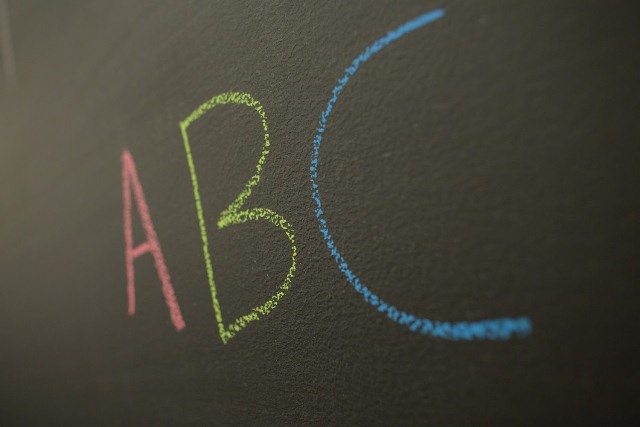New Educational Standards Impact Children with Visual Impairments
Published onThere has been a great deal of activity in the K-12 educational standards over the past few months:
- Every Student Succeeds Act
- 40-years of IDEA
- Braille Literacy
- IEP’s
- Title II and Section 504

It is out with the old (No Child Left Behind and Race to the Top) and in with the new (Every Student Succeeds Act). On December 10, 2015 President Obama signed The Every Student Succeeds Act into law, with bi-partisan support.
How Will These Changes Impact Students With Blindness or Low Vision?
States will have more control of education policy, and it is up to each state whether to follow a Common Core curriculum, it is up to each state on how they will assess teachers. Over the past few years federal funding for schools was tied directly to following Common Core with a large amount of teacher assessments contingent upon testing results. This, one-sized fits all approach had good intentions but unexpected results. So, Race to the Top and No Child Left Behind might be things of the past federally, but states have recently adopted the standards.
It is unclear how this new change will help every student succeed, but it does give more power to each state. Parents, educators and advocates will need to be part of the discussion of student success for EVERY student.

Even though the IDEA celebrated its’ 40th anniversary in November, the reality for students who are visually impaired or blind in the education system is not something parents and guardians are always celebrating.
The potential for student success with those who are blind or visually impaired is often based on economics and staffing. These decisions often conflict with what is actually in the best interest of the student. Sadly, the IDEA has been used to prevent students from receiving Braille literacy instruction and materials in Braille. A team approach in creating an IEP is the foundation behind IDEA. The intention was to create a collaborative approach in meeting the student’s specific educational needs.
Knowing your Child’s Rights is Key to Their Success
Just because your child has an IEP doesn’t mean that their rights under Title II and 504 are removed or negated. Title II does not require a “team” decision in providing communication services.
Braille Literacy is vital to the success of students who are blind. Braille is an effective communication method and it has been accepted since the early 1930’s. We know the statistics are favorable for students, who can read and write; why would they be any different for a student who is blind?
You are your child’s best advocate and the federal laws are on your side.
Categorized in: Accessibility, Government, Informational, News and Events
This post was written by



Comments are closed here.